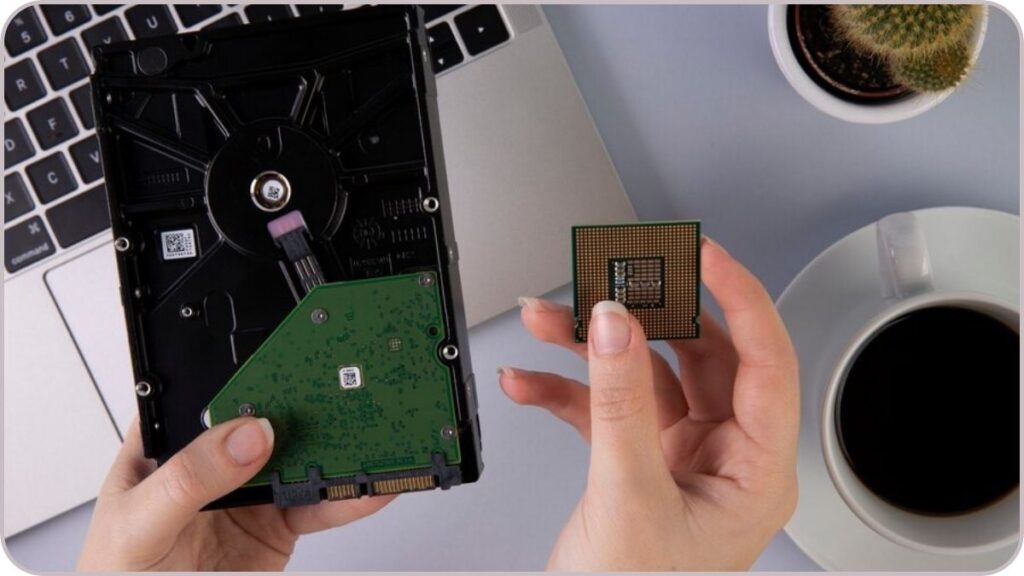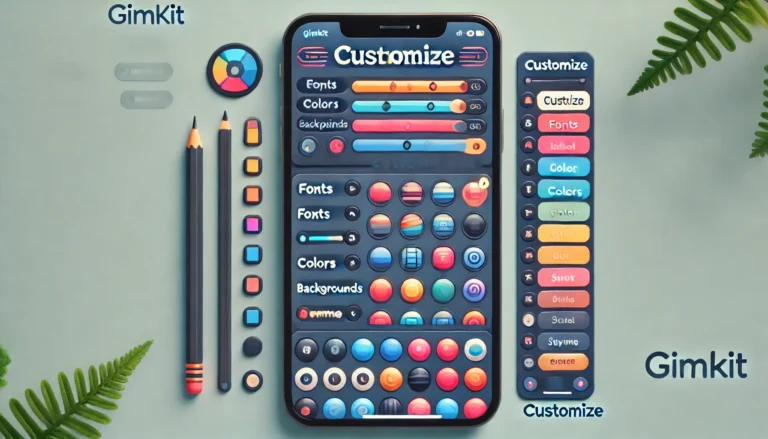In the ever-evolving world of technology, data storage is a crucial component for both casual users and professionals alike. Solid-State Drives (SSDs) have revolutionized how we store data, offering faster read and write speeds compared to traditional Hard Disk Drives (HDDs). Among the various storage capacities available, the 2TB SSD has become particularly popular for users who need a large amount of space without compromising on performance.
But with so many brands, technologies, and pricing variations, understanding the 2TB SSD price can be daunting. How much should you expect to pay for a 2TB SSD in 2024? What factors affect these prices, and are there ways to get the best value for your money? In this article, we’ll break down everything you need to know about the cost of 2TB SSDs, what influences these prices, and how to make an informed purchase decision.
Table of Contents

What is a 2TB SSD?
A 2TB SSD is a storage device with a capacity of 2 terabytes (TB), or 2000 gigabytes (GB). It’s based on solid-state technology, which means it uses flash memory to store data instead of the spinning disks and mechanical components found in traditional HDDs. SSDs are much faster than HDDs, making them ideal for a wide range of applications, including gaming, video editing, and general computing.
2TB SSDs price are a middle ground between smaller SSDs (500GB or 1TB) and the more expensive high-capacity drives (4TB and above). They offer a substantial amount of storage for large files, games, operating systems, and other important data, all while ensuring quick access and transfer speeds.
Factors That Affect the Price of 2TB SSDs
The price of a 2TB SSD price in 2024 can vary significantly depending on a number of factors. Let’s break down the key elements that impact the cost of these devices:
1. Type of SSD
There are different types of SSDs available, and the type you choose will have a big impact on price. The most common types include:
- SATA SSDs: These are typically the most affordable SSDs because they use the same connection type as older HDDs. While faster than HDDs, SATA SSDs are slower compared to more advanced types. They are often found in budget builds or upgrades.
- NVMe SSDs: NVMe (Non-Volatile Memory Express) SSDs offer a significant speed boost over SATA SSDs, as they connect directly to the motherboard via PCIe slots. They offer faster read and write speeds, making them more expensive but better suited for high-performance computing tasks, such as gaming or video editing.
- PCIe 4.0 SSDs: The latest in SSD technology, PCIe 4.0 SSDs are even faster than NVMe drives and are typically more expensive. They are ideal for the most demanding applications, including gaming, 3D rendering, and professional workloads.
2. Brand
The brand of the SSD plays a significant role in the price. Top-tier brands like Samsung, Western Digital (WD), Seagate, and Crucial often charge more for their SSDs because they offer superior performance, longevity, and customer support. These brands also offer a wide variety of models to suit different needs.
However, there are also budget brands such as Kingston, Adata, and Silicon Power that provide more affordable SSD options. While they may not match the high-end brands in terms of speed and durability, they can be a great option for those on a budget or for users who don’t need the absolute fastest drive available.
3. Technology and Components
SSDs use NAND flash memory to store data, and the type of NAND used affects both performance and price. The main types of NAND are:
- SLC (Single-Level Cell): The fastest and most durable, but also the most expensive.
- MLC (Multi-Level Cell): Offers a balance between speed and cost.
- TLC (Triple-Level Cell): More affordable but slightly slower and less durable.
- QLC (Quad-Level Cell): The cheapest option, but with the slowest performance and lowest durability.
In addition to NAND type, the presence of a DRAM cache in some SSDs can also drive up the price. SSDs with DRAM cache are faster than DRAM-less models, especially for tasks involving large amounts of data transfer.
4. Market Trends and Demand
Like any other tech product, the price of SSDs can fluctuate based on supply and demand. For example, the COVID-19 pandemic caused a surge in the demand for computer hardware as more people worked from home, which in turn raised the prices of many tech components, including SSDs.
Similarly, ongoing chip shortages or global supply chain issues can affect the availability and price of 2TB SSD price As these shortages ease or worsen, the price of SSDs may rise or fall accordingly.
5. Sales and Discounts
SSDs, like most electronic products, often go on sale during certain times of the year. Black Friday, Cyber Monday, and Amazon Prime Day are excellent opportunities to find 2TB SSD price at a discounted price. Many manufacturers and retailers offer significant price cuts during these events, making it possible to score a high-quality 2TB SSD for a fraction of its regular price.
Average Price of 2TB SSDs in 2024
In 2024, the price of a 2TB SSD can vary widely based on the factors mentioned above. However, here’s a general breakdown of the average price range for different types of 2TB SSDs:
1. SATA SSDs
The most affordable 2TB SSDs are typically SATA-based models. As of 2024, you can expect to pay between $100 to $150 for a 2TB SATA SSD. These SSDs offer good performance for everyday computing tasks and casual gaming but aren’t the best choice for high-end gaming or content creation due to their slower speeds.
2. NVMe SSDs
NVMe SSDs offer faster read and write speeds, making them a better option for performance-focused users. In 2024, a 2TB NVMe SSD will generally cost between $150 to $250, depending on the brand, model, and specific features (such as DRAM cache and heat sinks). NVMe drives are great for gamers, content creators, and anyone who needs quick file transfers.
3. PCIe 4.0 SSDs
For those looking for the absolute fastest storage solutions, PCIe 4.0 SSDs are the way to go. These SSDs are typically priced between $250 and $350 for a 2TB model. While the price is steep, the performance gains are substantial, especially for users who need the highest speed possible for tasks like 3D rendering, high-resolution video editing, and competitive gaming.
4. High-End and Specialized SSDs
Some brands, like Samsung with their Pro series or WD Black, offer high-end SSDs that come with additional features like advanced cooling, built-in encryption, and exceptional endurance ratings. These drives can be priced upwards of $350 to $400 for a 2TB SSD price model, making them ideal for professionals who need reliability and speed for intensive workflows.
Tips for Buying a 2TB SSD in 2024
Here are some key tips to help you get the best value when buying a 2TB SSD in 2024:
1. Assess Your Needs
Before buying a 2TB SSD, consider what you’ll be using it for. If you’re a casual user, a SATA or budget NVMe SSD will likely meet your needs. However, if you’re a gamer or content creator working with large files, investing in a high-performance NVMe or PCIe 4.0 SSD will be worth the extra cost.
2. Shop Around and Wait for Deals
With the frequent sales and discounts offered throughout the year, it’s often worth waiting for major shopping events like Black Friday or Prime Day to make your purchase. Use price comparison tools to track SSD prices and set alerts to ensure you’re getting the best deal.
3. Check Compatibility
Before purchasing an SSD, make sure it’s compatible with your motherboard. SATA SSDs will work with most motherboards, but NVMe and PCIe 4.0 SSDs require specific slots (M.2 or PCIe) to function. Additionally, ensure that your system can handle the speed offered by higher-end SSDs, as older systems may not fully utilize the faster read/write speeds.
4. Consider the Warranty
Most SSDs come with a warranty, which can range from 3 to 5 years. High-end SSDs often come with longer warranties, sometimes up to 10 years, which can be a sign of the manufacturer’s confidence in the product’s longevity. Consider this when comparing different models, as a longer warranty can offer peace of mind.
5. Future-Proofing
If you’re thinking long-term, it might be worth investing in a faster PCIe 4.0 SSD even if your current system doesn’t fully support it. This will allow you to transfer the SSD to a future build without needing to upgrade your storage again.
Conclusion
The price of a 2TB SSD in 2024 varies widely depending on the type, brand, and features of the drive. While you can find affordable options starting at around $100 for a SATA SSD, high-performance NVMe and PCIe 4.0 SSDs can cost upwards of $350. By understanding your specific needs, shopping smart, and keeping an eye on sales, you can find the perfect SSD that offers both performance and value.
FAQs
1. How long does a 2TB SSD last?
Most SSDs have a lifespan of around 5 to 10 years, depending on usage and the type of NAND used.
2. Is a 2TB SSD enough for gaming?
Yes, a 2TB SSD is more than enough for most gamers, allowing for multiple AAA games and additional files.
3. Can I use a 2TB SSD for video editing?
Absolutely! A 2TB SSD is ideal for video editing, offering both the space and speed needed for large video files.
4. Do SSDs degrade over time?
Yes, SSDs can wear out over time due to limited write cycles, but modern SSDs have robust wear-leveling features to prolong their lifespan.
5. What’s the difference between TLC and QLC SSDs?
TLC SSDs offer better speed and durability than QLC SSDs, making them a better option for users who prioritize performance.













